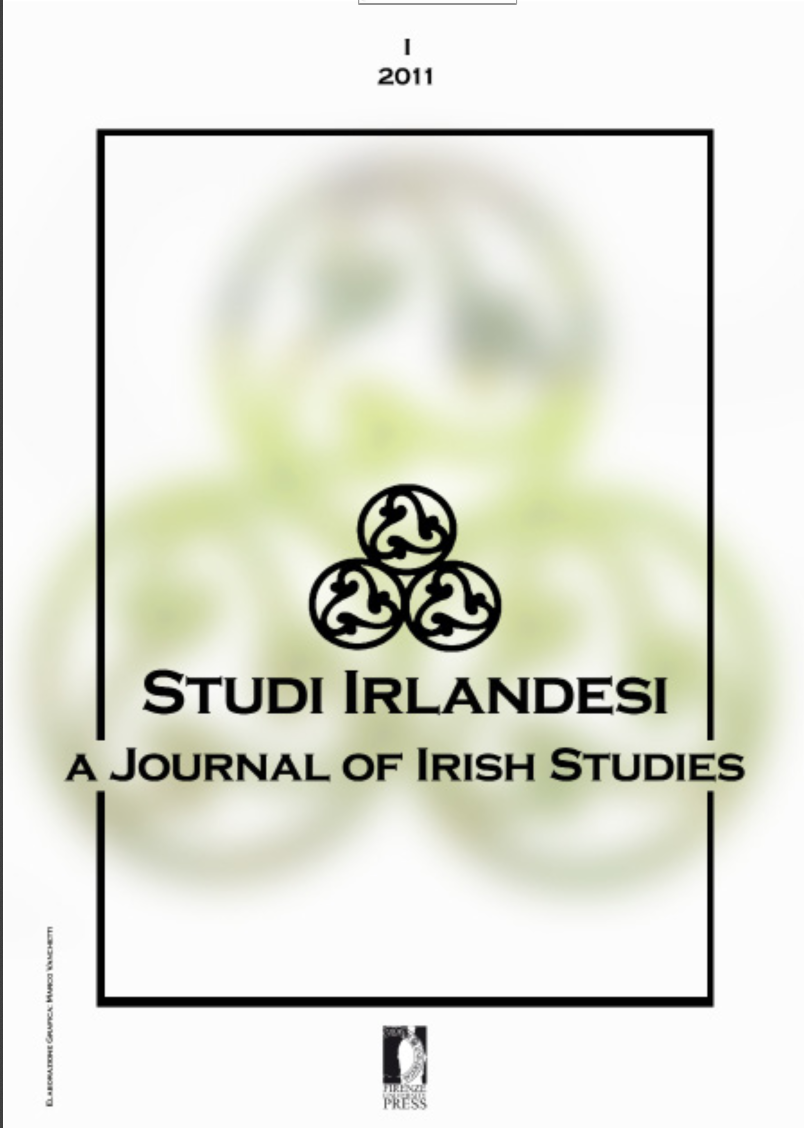Published 2011-08-09
How to Cite
Abstract
The essay traces the history of the relations between Italy and Ireland from the 7th century AD to the present. The Irish monks and pilgrims of the Dark Ages brought to the peninsula their hagiographic and legendary writings (such as the Purgatorium Sancti Patricii), which contributed – together with reminiscences from Classical antiquity – to an Italian vision of Ireland as a land of portents and wonders; while after the first Anglo-Norman conquest of the isle the propagandist writings of Gerald of Wales where for centuries the lens through which Ireland was seen in Italy. In the age of the Tudor conquest and Reformation the island slowly lost its fantastic connotations, becoming an asset in the Papal struggle against Anglican England. Later on, in the course of the Italian Risorgimento, the Italian leaders of the movement – such as Mazzini, Cavour, and Cattaneo - generally saw the nationalist movement in Ireland through English eyes, both because of their innate Anglophilia and for reasons of Realpolitik. Only in the 20th century, during WW1 and its aftermath, did Ireland and its national struggle receive in Italy less jaundiced and more sympathetic glances. In the late 1930s and in WW2 the Fascist regime tried to use Ireland as a lever against England; while in the 1970s and 1980s the reemergence of the Anglo-Irish conflict attracted again the interested attention of some sections of the Italian political scene, as did later the ‘peace process’. But through all this the Italian images of Ireland arising from present political realities kept being intertwined with the much older images of centuries gone by.


